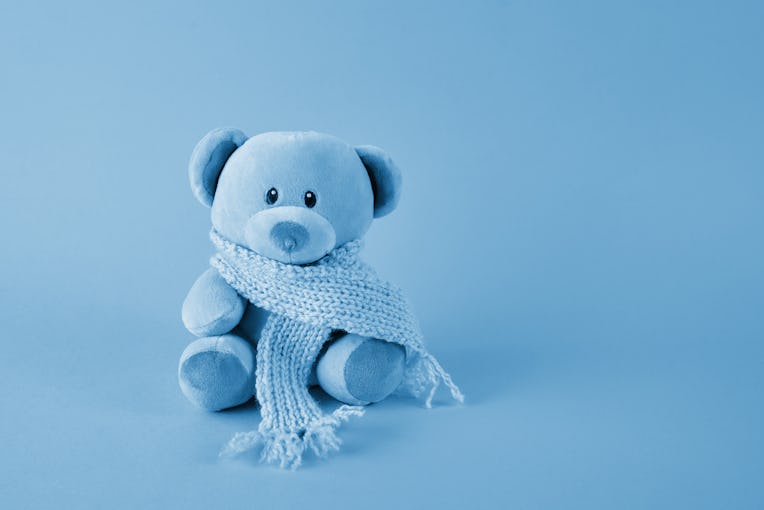The Pagan Origins of Blue Monday
This winter holiday springs from ancient Briton ingenuity

Logging back on today, mind still rocked by Mitch McConnell's touching MLK Day tribute, I saw headline upon headline from respected media outlets, British and American alike, about a different solemn and reflective winter holiday. It was Blue Monday, and everyone seemed to know about it.
“Seasonal affective disorder: How to fight the winter blues on Blue Monday,” CNN advised.
“Blue Monday: Samaritans on hand at rail station, BBC reported.
“When Is Blue Monday 2022 and Why is it the Most Depressing Day of the Year?,” Newsweek asked, pre-empting my two biggest questions.
I couldn’t believe that I, of all people, had forgotten to celebrate Blue Monday, allegedly the saddest day of the year. Already too late to participate in any ritualistic aspects of the holiday, the least I could do was educate myself about the real meaning of the third Monday in January, which of course has been so bastardized via commercialism and revelry in this modern world that it no longer registers as liturgy in our screen-timed eyes.
In fact, I think we could all use a return to the humble origin of Blue Monday by rereading its sacred foundational text, a press release from 2005 from the public relations arm of the British travel company Sky Travel, which coined the term over 16 long years ago. Unfortunately, it is no longer available online because the company folded in 2010, taken down by heretics, no doubt.
In a 2009 update to the original decree (the New Testament) Sky Travel’s top contracted psychologist determined Blue Monday, which fell on January 17 in 2022, to be the most depressing day of the year via this formula of ancient and unknowable runes:
I am a mere blogger, not that meme of a Brazilian woman who looks like Claire Danes doing math, so I had to do some digging about the significance of these mysterious symbols. Apparently, the equation relies on “six immediately identifiable factors; weather (W), debt (d), time since Christmas (T), time since failing our new year’s resolutions (Q), low motivational levels (M) and the feeling of a need to take action (Na).”
Who am I to challenge this divine equation from the mid-aughts? The numbers don’t lie: People are sad in mid-January after their New Year’s Resolutions have broken down and they can’t stop eating broiler s’mores. It is not for me to understand why.
How did you and your loved ones celebrate this very real and potent holiday? Did you get the kiddos involved with a seasonal craft? Did you spend time in the same room as your older family members, everyone faving hot pics of influencers separately on their phones? Is everyone still breathing?